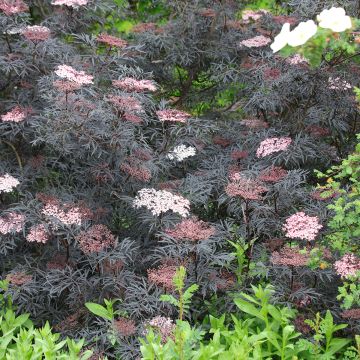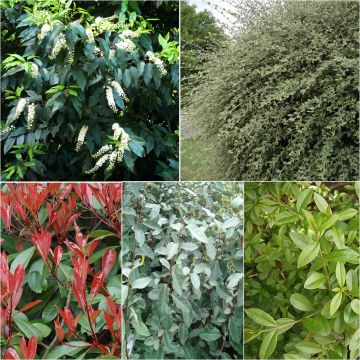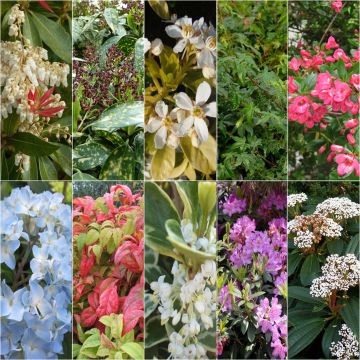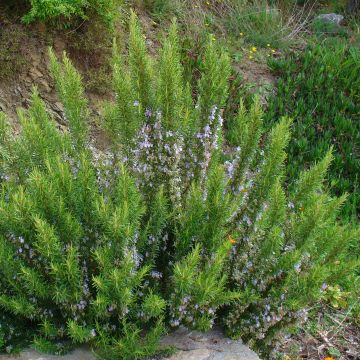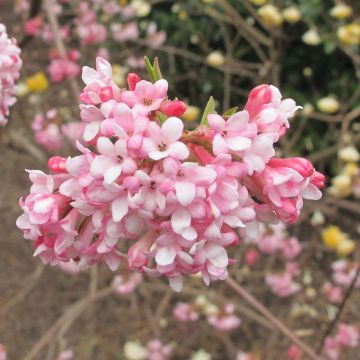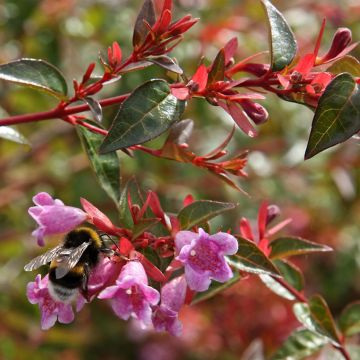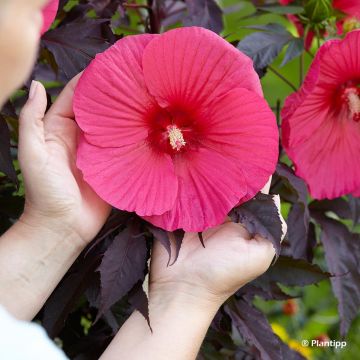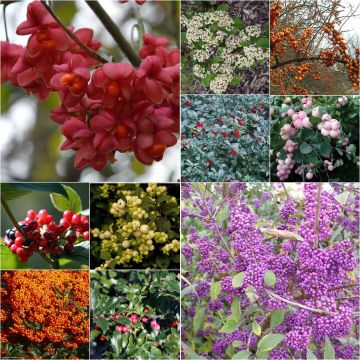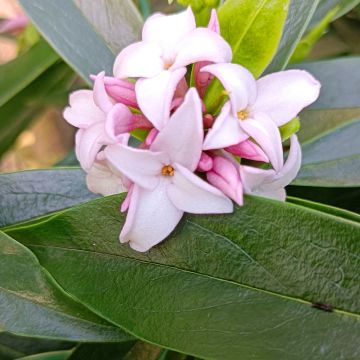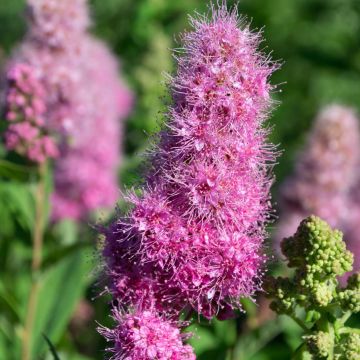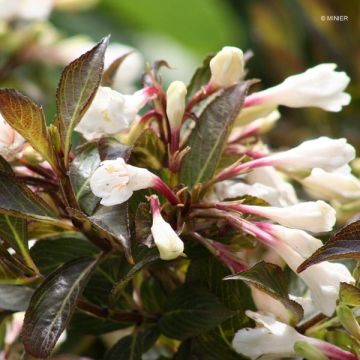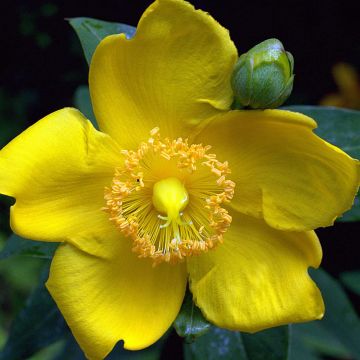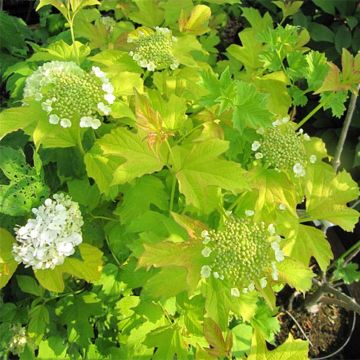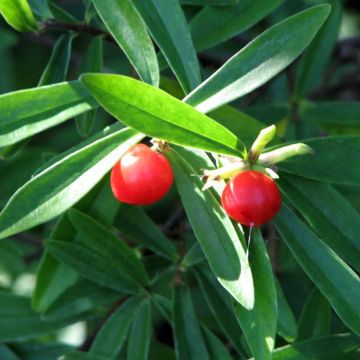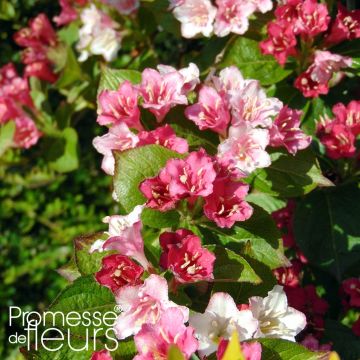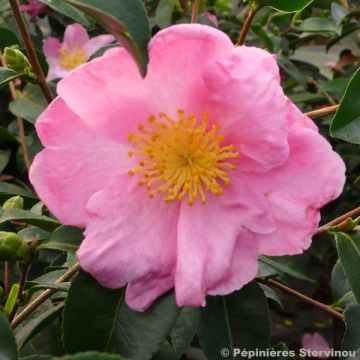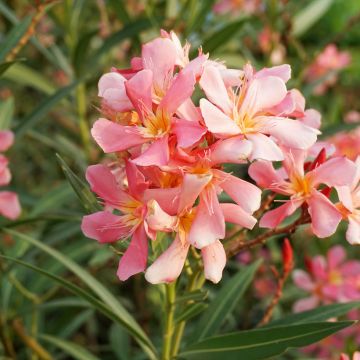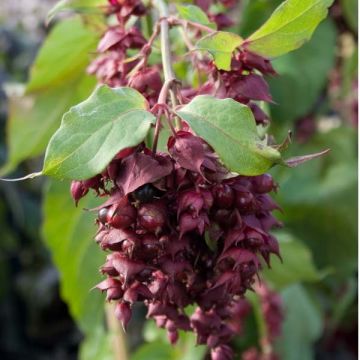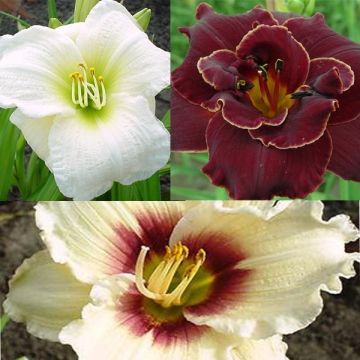Shipping country and language
Your country of residence may be:
Your country of residence is:
For a better user experience on our website, you can select:
Your shipping country:
Andorra
Austria
Belgium
Bulgaria
Canada
Chile
Croatia
Cyprus
Czechia
Denmark
Estonia
Finland
France
Germany
Greece
Hungary
Iceland
Ireland
Italy
Latvia
Lithuania
Luxembourg
Malta
Monaco
Netherlands
Poland
Portugal
Romania
Slovakia
Slovenia
Spain
Sweden
Switzerland
United Kingdom
We only deliver seed and bulb products to your country. If you add other products to your basket, they cannot be shipped.
Language:
French
German
Spanish
English
My Account
Hello
My wish lists
Plantfit
Log in / Register
Existing customer?
New customer?
Create an account to track your orders, access our customer service and, if you wish, make the most of our upcoming offers.
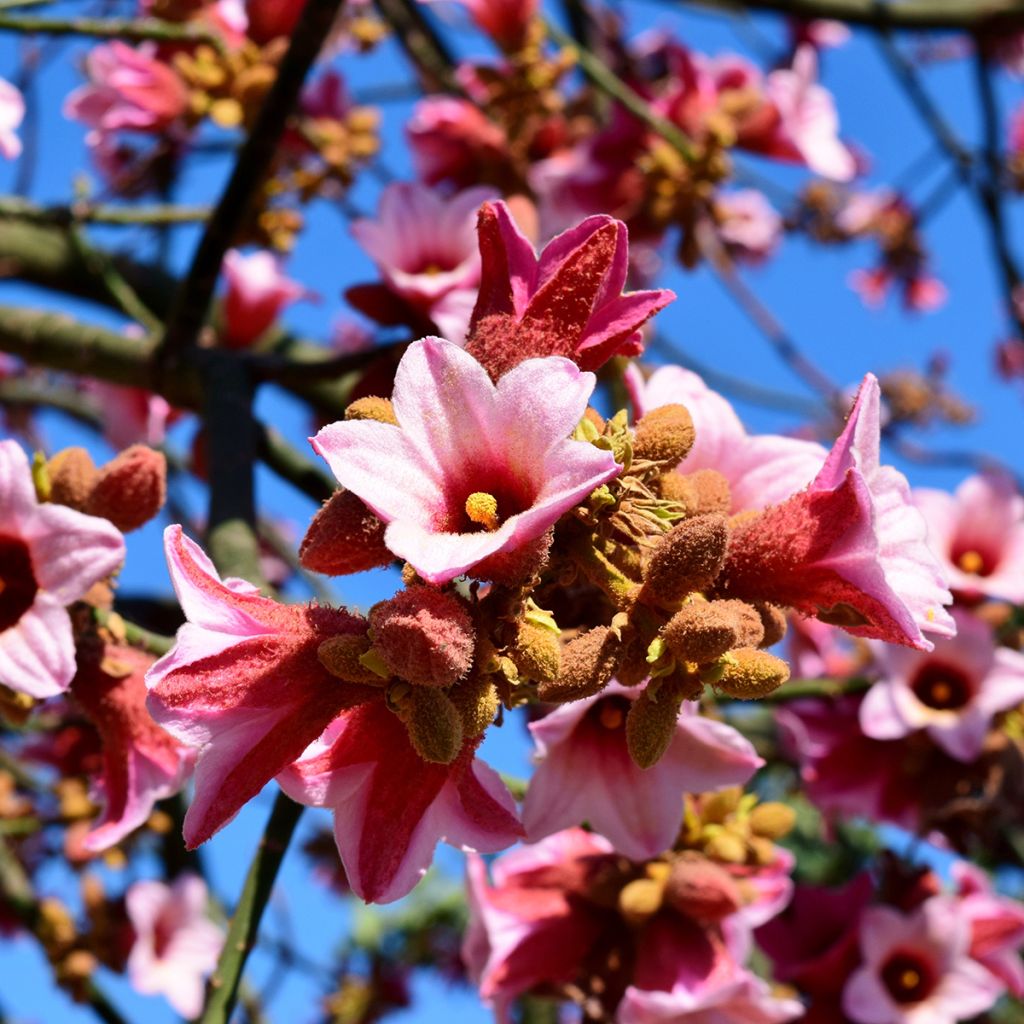

Brachychiton discolor


Brachychiton discolor
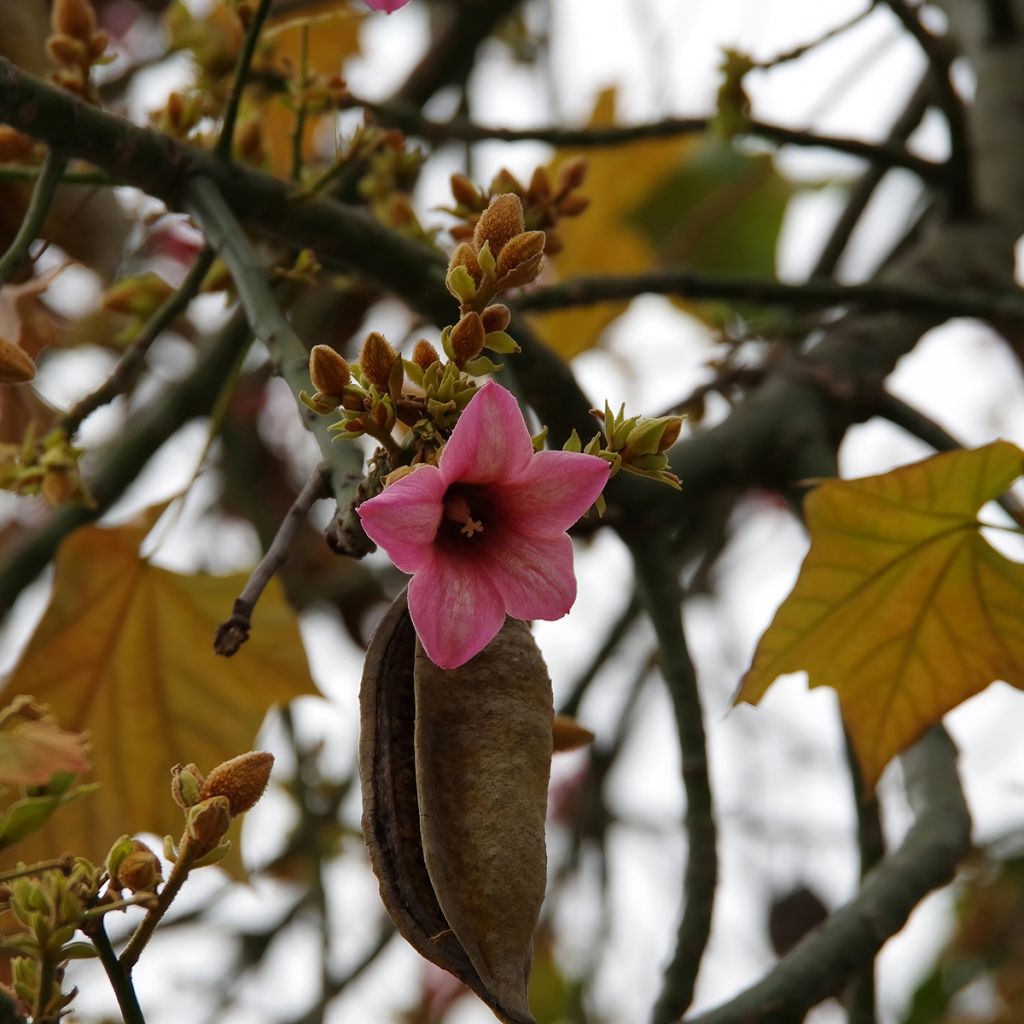

Brachychiton discolor
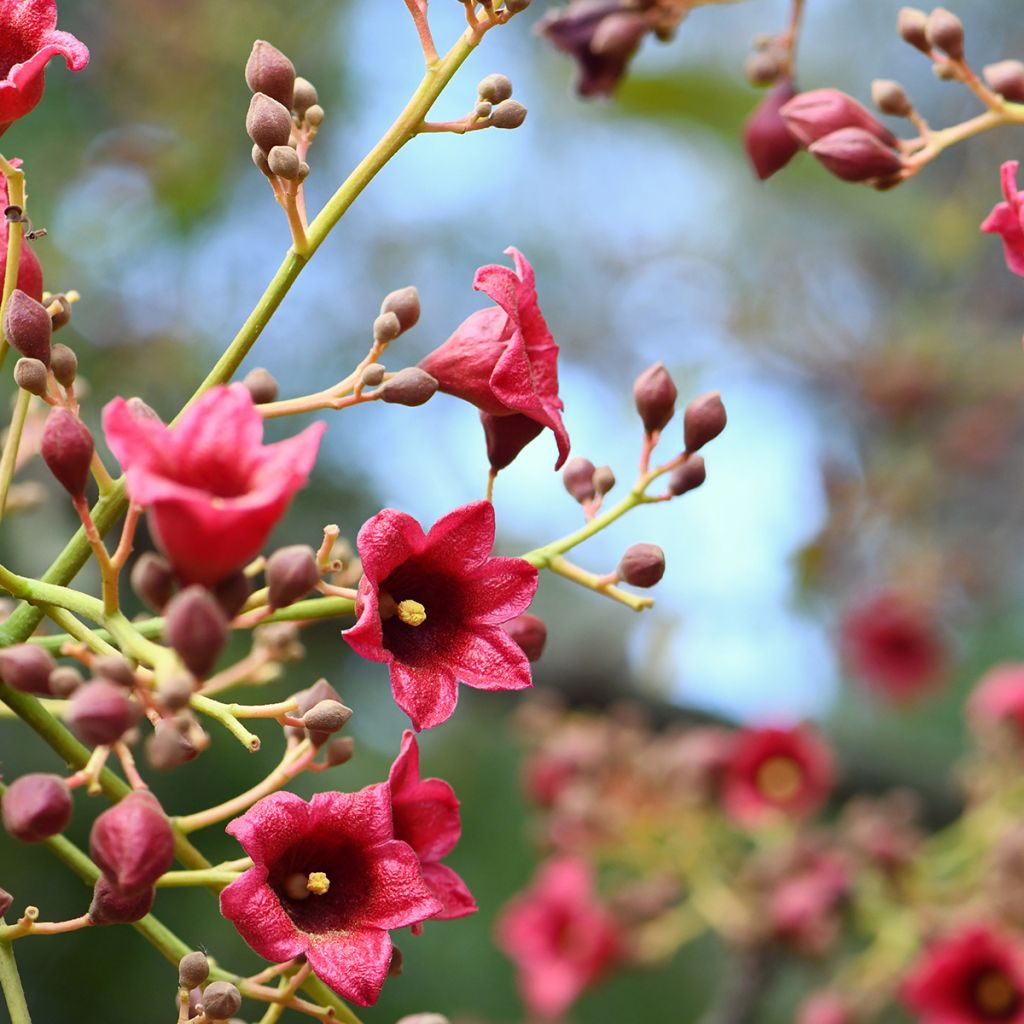

Brachychiton discolor
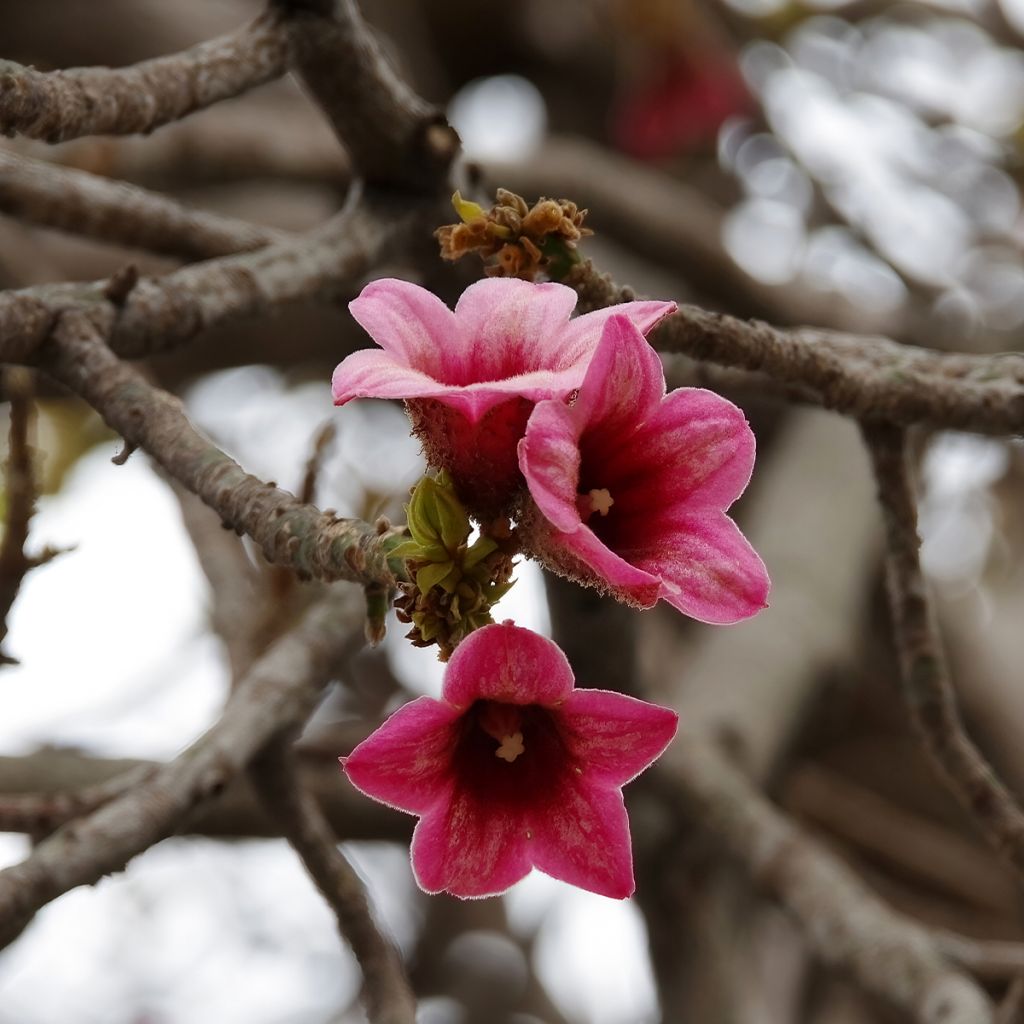

Brachychiton discolor


Brachychiton discolor
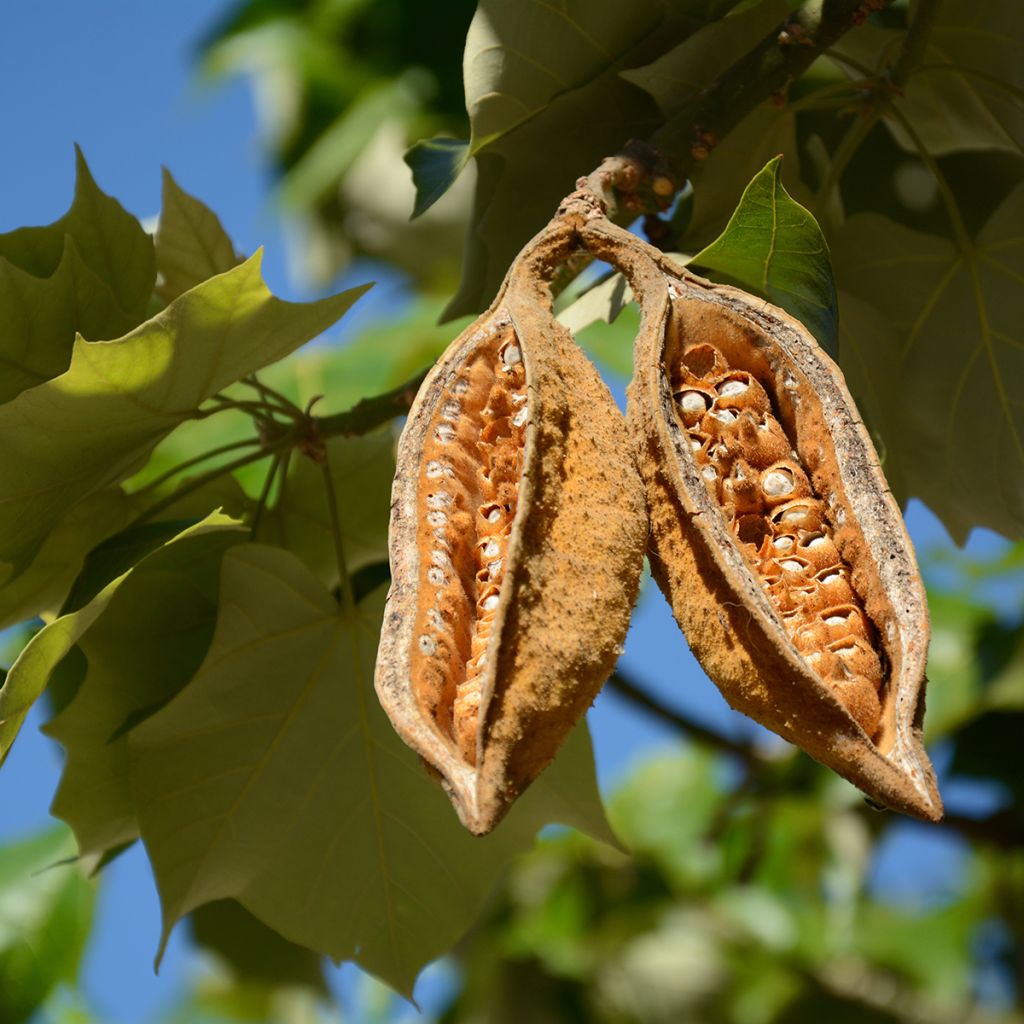

Brachychiton discolor
Brachychiton discolor
Brachychiton discolor
Lacebark Tree, Pink Flame Tree, Hat Tree
Why not try an alternative variety in stock?
View all →Order in the next for dispatch today!
Dispatch by letter from 3,90 €.
Delivery charge from 5,90 € Oversize package delivery charge from 6,90 €.
More information
This item is not available in your country.
Shipping country:
Andorra
Austria
Belgium
Bulgaria
Canada
Chile
Croatia
Cyprus
Czechia
Denmark
Estonia
Finland
France
Germany
Greece
Hungary
Iceland
Ireland
Italy
Latvia
Lithuania
Luxembourg
Malta
Monaco
Netherlands
Poland
Portugal
Romania
Slovakia
Slovenia
Spain
Sweden
Switzerland
United Kingdom
Schedule delivery date,
and select date in basket
This plant carries a 24 months recovery warranty
More information
We guarantee the quality of our plants for a full growing cycle, and will replace at our expense any plant that fails to recover under normal climatic and planting conditions.
Oversize package: home delivery by special carrier from 6,90 € per order..
Express home delivery from 8,90 €.
Would this plant suit my garden?
Set up your Plantfit profile →
Description
Brachychiton discolor, also known as the two-coloured bottle tree, white kurrajong or Sterculie, is a medium-sized Australian tree with relatively low hardiness, featuring a spectacular pink summer flowering. Particularly well adapted to the dry summers of the Mediterranean coast and its mild winters, it can be grown in large containers elsewhere, so that it can be sheltered indoors during winter. Over time, it develops into a small tree with a variable habit, conical, rounded or more spreading. The trunk thickens, becoming massive with age, classifying this plant in the category of bottle trees. Its foliage is highly decorative, but it is its superb pink flowering in summer that catches all the attention. A rare tree that deserves to be more widely planted in the most favored coastal gardens.
Brachychiton is a genus of trees that includes 31 species, all native to Australia and Papua New Guinea. Formerly classified as Sterculiaceae, it now belongs to the large family of Malvaceae, like Hibiscus, Lime or Baobab. Trees with a very ancient history, present on Earth for 50 million years, they are monoecious, meaning they bear separate male and female flowers.
Brachychiton discolor is a tree native to eastern Australia, growing in the dry tropical forests of Queensland and New South Wales. In these regions, it grows into large specimens of 20 to 30m (65ft 7in to 98ft 5in) in height, with a single trunk or sometimes multiple trunks. Its leaves persist in winter, but fall during the dry season, which is an adaptation to the arid climate. Just like its swollen trunk that allows it to store water.
In France, it is occasionally found on the French Riviera, for example at Parc Saint-Bernard in Hyères, where the necessary conditions for its development are met, namely dry and hot summers, and mild winters without excessive rainfall. Its development is much more modest than in Australia: it sometimes reaches 10m (32ft 10in) in height, but more commonly 6 or 7m (19ft 8in or 23ft). This bottle tree can tolerate temperatures as low as -5° to -7°C under good conditions (dry and non-humid cold, sheltered from the wind, dry soil...).
The alternate leaves measuring 10 to 15cm (3.9 to 5.9in) are palmate, showing 5 or 7 lobes. Green on the upper surface, they are somewhat greyish on the lower surface due to the presence of numerous short hairs. They briefly fall in summer before the appearance of the flowering, which is the main asset of this Brachychiton. It takes the form of pendulous clusters, composed of 3 to 10 pink flowers, either female or male, as the plant is monoecious (flowers of both sexes coexist on the same plant). Bell-shaped, measuring 5cm (2in) in diameter, with 5 slightly curved lobes at the tip, they are dark pink on the outer side and lighter pink on the inner side. Highly visible on the bare branches, they provide a magnificent spectacle for several weeks. The female flowers then produce brown maroon fruits, 15cm (5.9in) long, resembling cocoa pods. They contain 30 to 50 orange seeds, which are edible once roasted. Beware, they are protected by irritating hairs, so gloves should be worn when handling the fruits.
The greenish trunk for years gradually turns grey as its diameter increases, and can even become slightly swollen at the base. It contributes fully to the exotic appearance of this species.
This Brachychiton discolor is a low-maintenance plant, perfectly adapted to the climate of the French Riviera. It can be integrated into a diverse bed of other exotic plants, especially bushes in the foreground, as it tends to branch relatively high. Plant a Viburnum lucidum at its base, a evergreen Viburnum with beautiful shiny dark green foliage, which curiously turns red-purple in autumn. Its fragrant white flowering precedes that of the Brachychiton in spring. Another evergreen shrub well adapted to dry conditions, Fremontodendron californicum will dazzle you with its bright yellow flowering in June-July. And for spring flowers, nothing beats a few various Cistus plants, which will enchant you with their fugacious but constantly renewed flowers in shades of pink, white or purple depending on the species.
Brachychiton discolor in pictures
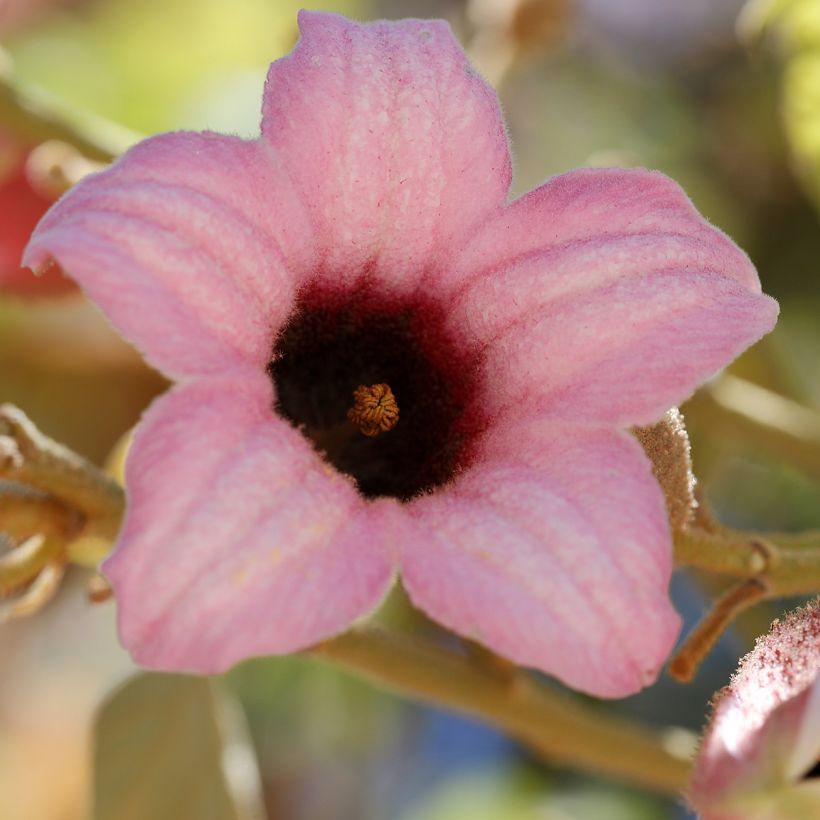



Plant habit
Flowering
Foliage
Botanical data
Brachychiton
discolor
Malvaceae
Lacebark Tree, Pink Flame Tree, Hat Tree
Australia
Other Shrubs A to Z
Planting and care
Plant Brachychiton discolor preferably in spring or early autumn in a very mild climate. Choose a sunny location sheltered from cold winter winds. Install it in ordinary soil, but very well-drained, deep, loose, rather fertile and not too rocky. It grows in neutral to acidic soil and does not appreciate limestone. The cold resistance of this tree will be greater if the soil remains dry in winter: for the first two years, it may be useful to protect the stump in winter with a thick mulch. Dig a deep planting hole, add some compost and coarse sand or gravel to improve the quality of the soil and its drainage if necessary. Water abundantly after planting and during the first two summers in case of prolonged drought. This bush is very water-efficient once established, but regular watering every 15 days will accelerate its rather slow growth if left without water.
This bottle tree can tolerate temperatures as low as -5°C (23 °F) to -7°C (19.4 °F) in good conditions (dry cold, sheltered from the wind, dry soil...).
Planting period
Intended location
Care
This item has not been reviewed yet - be the first to leave a review about it.
Summer-flowering shrubs
Haven't found what you were looking for?
Hardiness is the lowest winter temperature a plant can endure without suffering serious damage or even dying. However, hardiness is affected by location (a sheltered area, such as a patio), protection (winter cover) and soil type (hardiness is improved by well-drained soil).

Photo Sharing Terms & Conditions
In order to encourage gardeners to interact and share their experiences, Promesse de fleurs offers various media enabling content to be uploaded onto its Site - in particular via the ‘Photo sharing’ module.
The User agrees to refrain from:
- Posting any content that is illegal, prejudicial, insulting, racist, inciteful to hatred, revisionist, contrary to public decency, that infringes on privacy or on the privacy rights of third parties, in particular the publicity rights of persons and goods, intellectual property rights, or the right to privacy.
- Submitting content on behalf of a third party;
- Impersonate the identity of a third party and/or publish any personal information about a third party;
In general, the User undertakes to refrain from any unethical behaviour.
All Content (in particular text, comments, files, images, photos, videos, creative works, etc.), which may be subject to property or intellectual property rights, image or other private rights, shall remain the property of the User, subject to the limited rights granted by the terms of the licence granted by Promesse de fleurs as stated below. Users are at liberty to publish or not to publish such Content on the Site, notably via the ‘Photo Sharing’ facility, and accept that this Content shall be made public and freely accessible, notably on the Internet.
Users further acknowledge, undertake to have ,and guarantee that they hold all necessary rights and permissions to publish such material on the Site, in particular with regard to the legislation in force pertaining to any privacy, property, intellectual property, image, or contractual rights, or rights of any other nature. By publishing such Content on the Site, Users acknowledge accepting full liability as publishers of the Content within the meaning of the law, and grant Promesse de fleurs, free of charge, an inclusive, worldwide licence for the said Content for the entire duration of its publication, including all reproduction, representation, up/downloading, displaying, performing, transmission, and storage rights.
Users also grant permission for their name to be linked to the Content and accept that this link may not always be made available.
By engaging in posting material, Users consent to their Content becoming automatically accessible on the Internet, in particular on other sites and/or blogs and/or web pages of the Promesse de fleurs site, including in particular social pages and the Promesse de fleurs catalogue.
Users may secure the removal of entrusted content free of charge by issuing a simple request via our contact form.
The flowering period indicated on our website applies to countries and regions located in USDA zone 8 (France, the United Kingdom, Ireland, the Netherlands, etc.)
It will vary according to where you live:
- In zones 9 to 10 (Italy, Spain, Greece, etc.), flowering will occur about 2 to 4 weeks earlier.
- In zones 6 to 7 (Germany, Poland, Slovenia, and lower mountainous regions), flowering will be delayed by 2 to 3 weeks.
- In zone 5 (Central Europe, Scandinavia), blooming will be delayed by 3 to 5 weeks.
In temperate climates, pruning of spring-flowering shrubs (forsythia, spireas, etc.) should be done just after flowering.
Pruning of summer-flowering shrubs (Indian Lilac, Perovskia, etc.) can be done in winter or spring.
In cold regions as well as with frost-sensitive plants, avoid pruning too early when severe frosts may still occur.
The planting period indicated on our website applies to countries and regions located in USDA zone 8 (France, United Kingdom, Ireland, Netherlands).
It will vary according to where you live:
- In Mediterranean zones (Marseille, Madrid, Milan, etc.), autumn and winter are the best planting periods.
- In continental zones (Strasbourg, Munich, Vienna, etc.), delay planting by 2 to 3 weeks in spring and bring it forward by 2 to 4 weeks in autumn.
- In mountainous regions (the Alps, Pyrenees, Carpathians, etc.), it is best to plant in late spring (May-June) or late summer (August-September).
The harvesting period indicated on our website applies to countries and regions in USDA zone 8 (France, England, Ireland, the Netherlands).
In colder areas (Scandinavia, Poland, Austria...) fruit and vegetable harvests are likely to be delayed by 3-4 weeks.
In warmer areas (Italy, Spain, Greece, etc.), harvesting will probably take place earlier, depending on weather conditions.
The sowing periods indicated on our website apply to countries and regions within USDA Zone 8 (France, UK, Ireland, Netherlands).
In colder areas (Scandinavia, Poland, Austria...), delay any outdoor sowing by 3-4 weeks, or sow under glass.
In warmer climes (Italy, Spain, Greece, etc.), bring outdoor sowing forward by a few weeks.
